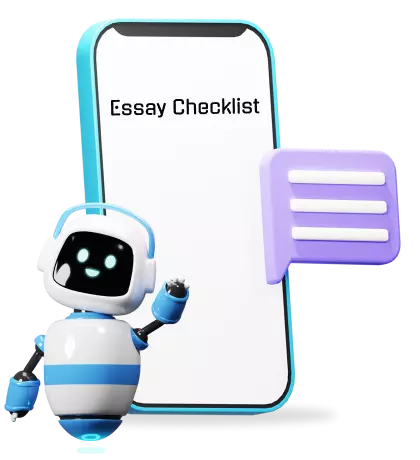A Step-by-Step Guide for Creating an Effective Essay Outline

13 min read
Published on: May 2, 2023
Last updated on: May 5, 2023
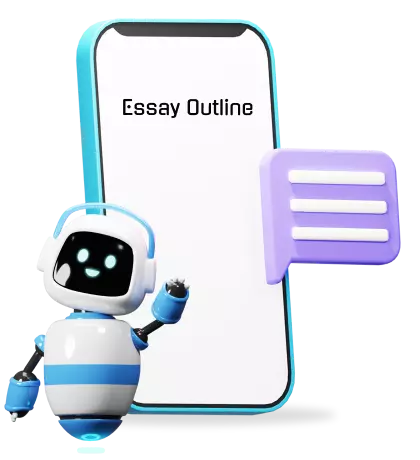
Are you struggling to write essays that are well-organized, clear, and effective? Do you find yourself staring at a blank page, unsure of where to start or how to structure your ideas?
If so, you're not alone.
Writing can be a challenging task, but by using an essay outline, you can make the process smoother and more efficient.
This guide covers essay outlines, including types, how to create one, key elements, tips, and examples for different essays.
By the end of this guide, you'll have the knowledge to create an outline that will help you write better essays, faster and with less stress.
So without further ado, let's begin!
There are several different types of outlines you can use while writing an essay.
Each type of outline has its own unique structure and format and can be useful for different types of writing tasks.
Now let's take a closer look at each type of outline.
An alphanumeric outline is a type of outline that uses a combination of letters and numbers to organize ideas. This type of outline is commonly used in academic writing, particularly in the sciences.
Alphanumeric outlines are structured hierarchically, with the
Here's an example of an alphanumeric outline:
I. Introduction
A. Background information
B. Thesis statement
II. Body
A. Main point 1
1. Supporting detail 1
2. Supporting detail 2
B. Main point 2
1. Supporting detail 1
2. Supporting detail 2
III. Conclusion
A. Summary of main points
B. Restatement of thesis
C. Final thoughts
A decimal outline is a type of outline that uses a system of numbers to organize ideas. This type of outline is often used in business or technical writing. It is useful for outlining reports, proposals, or other types of documents.
In a decimal outline,
Here's an example of a decimal outline:
Introduction
1.1 Background information
1.2 Thesis statement
Body
2.1 Main Point 1
2.1.1 Supporting Detail 1
2.1.2 Supporting Detail 2
2.2 Main point 2
2.2.1 Supporting Detail 1
2.2.2 Supporting Detail 2
Conclusion
3.1 Summary of main points
3.2 Restatement of thesis
3.3 Final thoughts
A full-sentence outline is a type of outline that uses complete sentences to outline the main ideas of an essay.
This type of outline is useful for organizing complex or detailed writing tasks, such as research papers or literary analyses.
Here's an example of a full-sentence outline:
I. Introduction
The history and significance of the novel "To Kill a Mockingbird"
The themes and symbols used in the novel
The thesis statement: "In 'To Kill a Mockingbird', Harper Lee uses symbolism and themes to explore issues of prejudice and injustice."
II. Body
A. The symbol of the mockingbird
1. How the mockingbird symbolizes innocence and purity
2. How the mockingbird is a metaphor for the character
B. The theme of racial prejudice
1. The portrayal of Tom Robinson's trial
2. The treatment of Calpurnia and other African American characters
C. The theme of social injustice
1. The hypocrisy of the justice system
2. The role of class and socioeconomic status in the novel
III. Conclusion
A. A summary of the main ideas presented in essay
B. A restatement of the thesis
C. A call to action or a final thought
When choosing an outline,
Before you start, it's important to have a clear understanding of your topic. The following steps can help you create an effective outline:
Choosing a topic and gathering information
Choose an essay topic that is both interesting to you and relevant to your audience. Once you have a topic in mind, gather information from credible sources such as books, articles, and websites.
Need Inspiration For Your Essay? Let Essay Topic Generator Give You Great Ideas In Seconds!
Brainstorming and organizing ideas
Brainstorming is a technique used to generate ideas and explore different perspectives on a topic. Use brainstorming to create a list of potential ideas, and then group related ideas together.
Identifying the main points and supporting details
Identify the main points you want to make in your essay, and then identify supporting details. It will help to illustrate and develop each point.
Deciding on a structure and format
Decide on an essay structure and format that will work best for your ideas. You can choose from various types of outlines, such as alphanumeric, decimal, or full-sentence outlines.
Each type has its own benefits and drawbacks, so choose the one that works best for your specific writing task.
By following these steps, you can create a well-organized and effective outline that will help guide your writing process.
An outline is a crucial tool for organizing and structuring an essay or research paper.
It helps writers stay focused and on track while ensuring that their writing flows logically and coherently.
An effective outline should include several key elements that work together to create a clear and concise structure.
These elements include an introduction, body, and conclusion.
The introduction sets the stage for the essay by providing background information and introducing the thesis statement.
The thesis statement is a one or two-sentence statement that summarizes the main point of the essay. It should be clear, concise, and specific, giving readers a preview of what to expect in the essay.
For example, let's say you're writing an essay on the importance of exercise. Your essay introduction might look something like this:
I. Introduction
A. Background information on the topic
B. Thesis statement: Regular exercise is essential for maintaining good health, reducing the risk of chronic diseases, and improving the overall quality of life.
The body of the outline should include the main points and supporting details that will be discussed in the essay.
Each main point should be a specific topic or argument that supports the thesis statement. The supporting details should provide evidence and examples to back up each main point.
Continuing with our example of an essay on the importance of exercise, the outline for the body of the essay might look like this:
II. Body
A. Physical benefits of exercise
Reduced risk of chronic diseases such as diabetes and heart disease
Increased strength, flexibility, and endurance
B. Mental health benefits of exercise
Reduced stress, anxiety, and depression
Improved mood and cognitive function
C. Social benefits of exercise
Increased opportunities for social interaction and support
Improved self-esteem and confidence
The essay conclusion should summarize the main points of the essay and restate the thesis statement in a new and meaningful way.
It should leave readers with a clear understanding of the importance of the topic and a sense of closure.
For our example essay on the importance of exercise, the conclusion might look something like this:
III. Conclusion
A. Restate thesis statement in a new way
B. Summary of main points
C. Final thoughts on the importance of exercise for maintaining good health and quality of life
By using an outline, you can ensure that your essay is well-organized, easy to follow, and persuasive.
Outlines can vary depending on the type of essay you are writing. Here are a few examples of different types of outlines:
I. Introduction
A. Hook
B. Background information
C. Thesis statement
II. Body Paragraphs
A. First argument and supporting evidence
Supporting detail 1
Supporting detail 2
B. Second argument and supporting evidence
Supporting detail 1
Supporting detail 2
C. Third argument and supporting evidence
Supporting detail 1
Supporting detail 2
III. Counterargument
A. Counterargument and supporting evidence
B. Refutation
IV. Conclusion
A. Restate thesis statement
B. Summarize main points
C. Call to action or final thoughts
I. Introduction
A. Hook
B. Background information
C. Thesis statement
II. Body
A. First element of description
Supporting detail 1
Supporting detail 2
B. Second element of description
Supporting detail 1
Supporting detail 2
C. Third element of description
Supporting detail 1
Supporting detail 2
III. Conclusion
A. Restate thesis statement
B. Summarize main points
C. Final thoughts
These outlines provide a framework for organizing your thoughts and ideas. Remember to write an essay outline by adapting to fit the specific requirements of your essay.
I. Introduction
A. Hook
B. Background information
C. Thesis statement
II. Body
A. The first piece of information
Supporting detail 1
Supporting detail 2
B. Second piece of information
Supporting detail 1
Supporting detail 2
C. Third piece of information
Supporting detail 1
Supporting detail 2
III. Conclusion
A. Restate thesis statement
B. Summarize main points
C. Final thoughts
I. Introduction
A. Hook
B. Brief overview of the text being analyzed
C. Thesis statement
II. Body
A. Appeals to ethos
Example
Analysis
B. Appeals to pathos
Example
Analysis
C. Appeals to logos
Example
Analysis
III. Conclusion
A. Restate thesis statement
B. Summarize main points
C. Final thoughts
I. Introduction
A. Hook
B. Brief overview of the two items being compared
C. Thesis statement
II. Body
A. Similarities between item A and item B
Supporting detail 1
Supporting detail 2
B. Differences between item A and item B
Supporting detail 1
Supporting detail 2
C. Similarities and differences between item A and item B
Supporting detail 1
Supporting detail 2
III. Conclusion
A. Restate thesis statement
B. Summarize main points
C. Final thoughts
Expert Tip
Enhance your understanding of diverse essay types with expertly crafted essay examples.
I. Introduction
A. Hook
B. Brief overview of the topic
C. Thesis statement
II. Body
A. First argument and supporting evidence
Supporting detail 1 from source A
Supporting detail 2 from source B
B. Second argument and supporting evidence
Supporting detail 1 from source C
Supporting detail 2 from source D
C. Third argument and supporting evidence
Supporting detail 1 from source E
Supporting detail 2 from source F
III. Counterargument
A. Counterargument and supporting evidence
B. Refutation
IV. Conclusion
A. Restate thesis statement
B. Summarize main points
C. Final thoughts
I. Introduction
A. Hook
B. Background information
C. Thesis statement
II. Body
A. Setting and character introduction
Supporting detail 1
Supporting detail 2
B. Conflict introduction
Supporting detail 1
Supporting detail 2
C. Rising action
Supporting detail 1
Supporting detail 2
D. Climax
Supporting detail 1
Supporting detail 2
E. Falling action
Supporting detail 1
Supporting detail 2
III. Conclusion
A. Resolution
B. Final thoughts
Here are some more outline samples for your inspiration!
Writing an outline can be a challenging task, but it is essential for creating a well-structured and organized essay.
Here are some tips for writing an effective outline:
Keep it simple and concise
Your outline should be clear, easy to read, and concise. Avoid using complex sentences and technical jargon that may confuse readers. Instead, use simple and straightforward language that is easy to understand.
Also, make sure to keep your outline to the point and only include the most relevant information.
Use parallelism
Parallelism is the use of similar grammatical structures in a sentence or paragraph. Using parallelism in your outline can help create a sense of balance and cohesion.
This creates a consistent and logical flow throughout your outline.
Check out this video to learn more!
Avoid repetition
Repetition can be distracting and can make your outline feel disjointed. Make sure to avoid repeating information and ideas.
If you find that you are repeating information, try an AI helper to consolidate your main points or supporting details.
Include relevant information only
When creating an outline, it is important to include only relevant information. Avoid adding information that does not support your thesis statement or main points.
This will help keep your outline focused and organized.
Using these tips can help you create an effective outline that will make the writing process much easier. By doing so, you will create an outline that is well-structured, organized, and easy to follow.
Remember, the outline is the roadmap to your essay, so take the time to craft it carefully.
If you are struggling to create an essay or if you have limited time, then you need to give our AI tool a try. Take advantage of our AI essay writer free no sign up today.
Perfect your essay outlines effortlessly with our AI-powered tool - transform your writing process now!

WRITTEN BY
Cathy A. (Mass Communication, Education)
Cathy is a highly dedicated author who has been writing for the platform for over five years. With a Master's degree in Mass Communication, she is well-versed in various forms of writing such as articles, press releases, blog posts, and whitepapers. As an essay writing guide author at PerfectEssayWriter.ai, she has been helping students and professionals improve their writing skills by offering practical tips on research, citation, sentence structure, and style.
Cathy is a highly dedicated author who has been writing for the platform for over five years. With a Master's degree in Mass Communication, she is well-versed in various forms of writing such as articles, press releases, blog posts, and whitepapers. As an essay writing guide author at PerfectEssayWriter.ai, she has been helping students and professionals improve their writing skills by offering practical tips on research, citation, sentence structure, and style.
On This Page On This Page
Share this article
Essay Structure
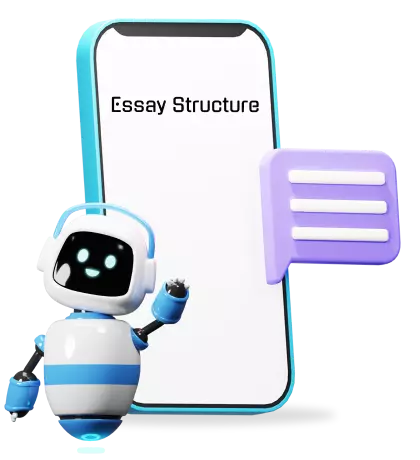
Essay Topics
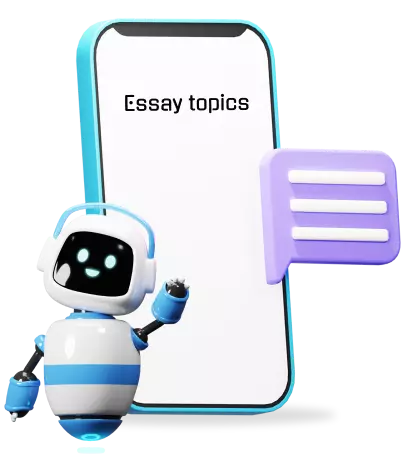
Essay Introduction
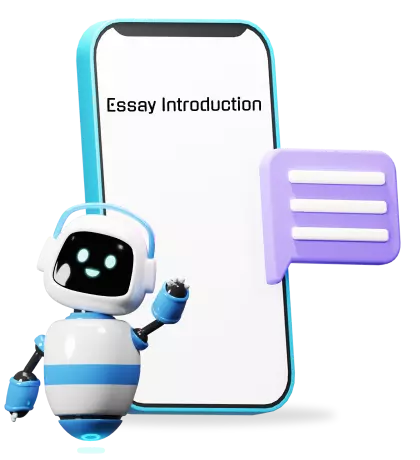
Thesis Statement
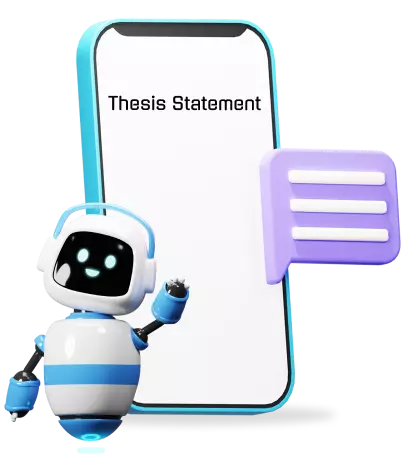
Thesis Statement Example
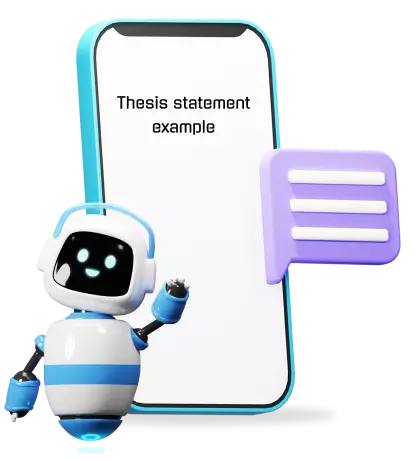
How To Write A Body Paragraph
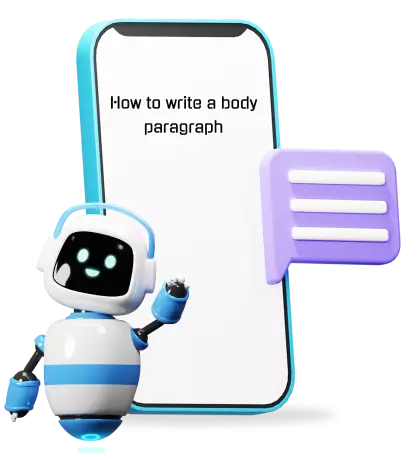
How To Conclude An Essay
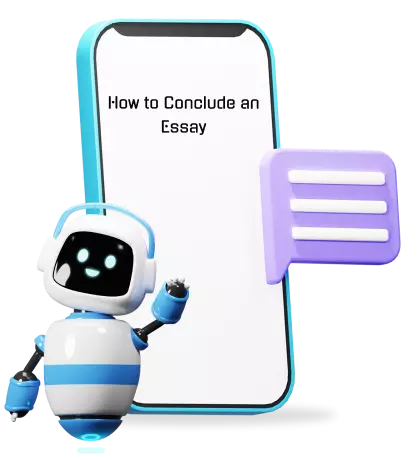
How to Revise an Essay
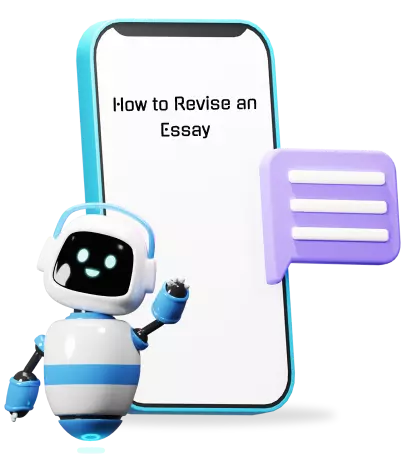
Essay Examples
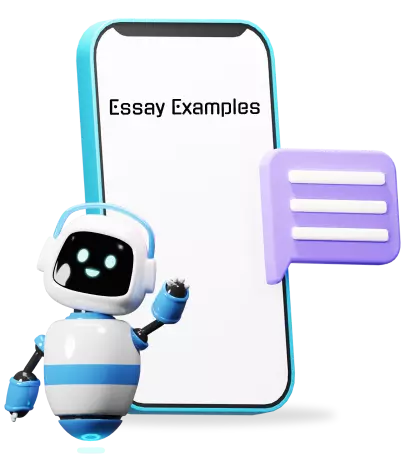
Types of essays
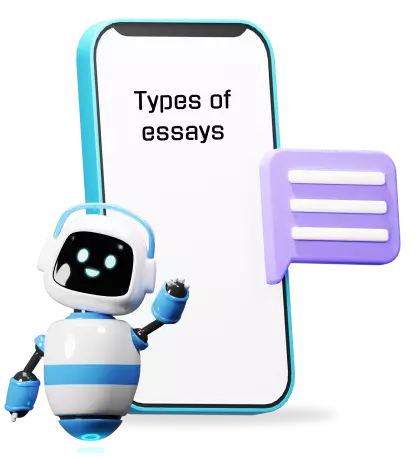
How Long is an Essay
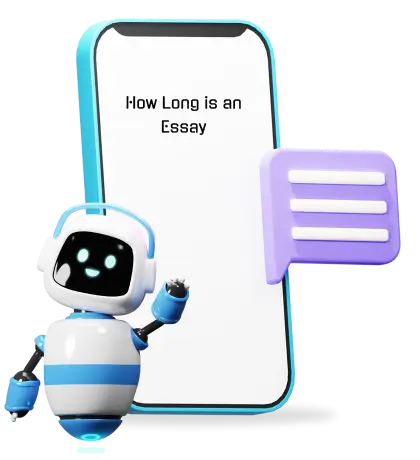
Essay Checklist
